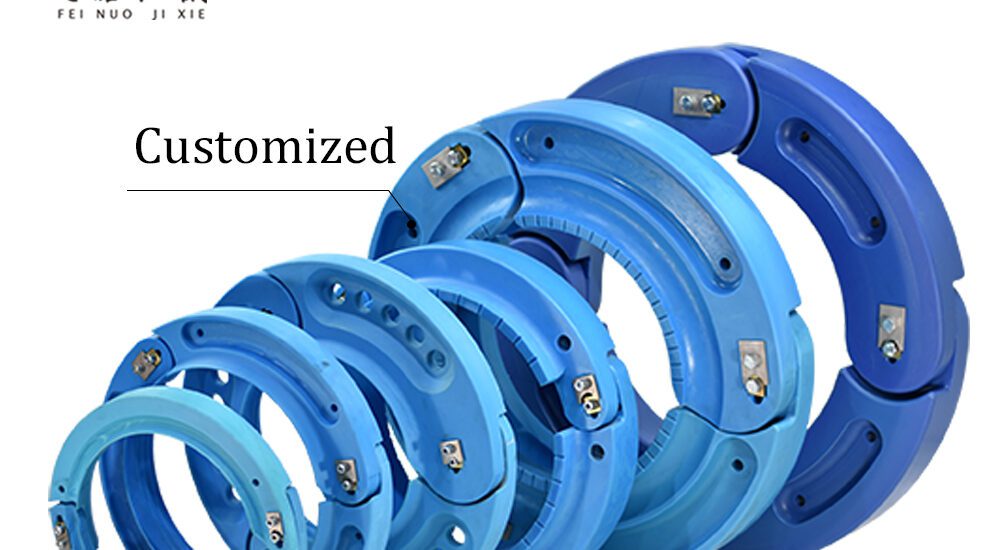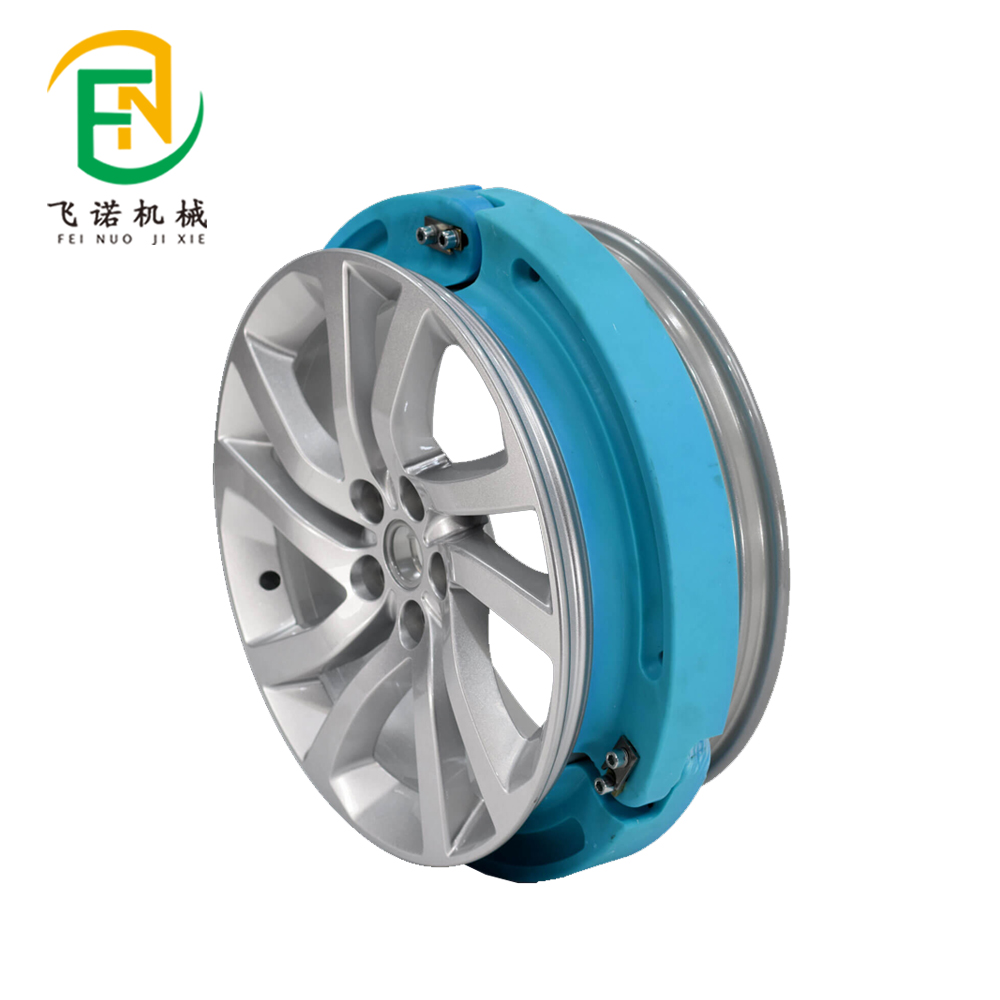- May 28, 2025
- Posted by: feinuojixie
- Category: Run Flat Guide


In 2025, the automotive world is undergoing rapid transformation. While electric powertrains and autonomous systems often dominate the headlines, one subtle yet powerful shift is taking place beneath the surface—literally. More and more drivers are switching to run flat tyre insert as a smart, proactive measure to boost their vehicle’s safety and performance. These inserts, once considered a niche solution, are now becoming mainstream thanks to their undeniable advantages. Whether you’re a city commuter, a weekend traveler, or someone who just values peace of mind on the road, the run flat tyre insert represents a small investment with big returns.


What is a Run Flat Tyre Insert? Understanding the Technology Behind It
A run flat tyre insert is an internal support structure fitted inside a standard pneumatic tyre. Unlike traditional run-flat tyres that require reinforced sidewalls, this insert sits inside the tyre and provides physical support in the event of air loss. When a puncture occurs, the insert prevents the tyre from collapsing completely, allowing the driver to maintain control and continue driving for a limited distance—often up to 80 kilometers—at reduced speeds. This technology offers a balance between safety, cost, and convenience, without the need to change the tyre immediately or rely on bulky spare wheels.
The Rise in Popularity: Why 2025 is the Tipping Point for Run Flat Tyre Insert
Several converging factors have made 2025 the breakout year for run flat tyre insert. First, advancements in material science have resulted in lighter, more durable inserts that don’t compromise fuel efficiency or ride quality. Second, the increased emphasis on driver safety—especially in areas where roadside assistance is limited—has made the technology more appealing. Additionally, growing consumer education and aggressive marketing by manufacturers have helped drivers see the tangible benefits. Combined with cost reductions and wider availability, more vehicle owners are embracing the insert as part of their tyre protection strategy.
Enhanced Safety on the Road: The Main Driving Force
Safety remains the most compelling reason for adopting a run flat tyre insert. A sudden blowout on a highway can lead to dangerous loss of control. With an insert in place, the tyre retains enough structural support to keep the vehicle stable, giving the driver time to find a safe spot to stop or even reach their destination. For parents, rideshare drivers, and anyone frequently on the road, this peace of mind is invaluable. The insert acts as a built-in backup, reducing panic and increasing response time in emergency situations.
Cost Efficiency Over Time: Saving Money with Every Mile
While the initial cost of a run flat tyre insert may be higher than doing nothing, the long-term financial benefits are clear. Drivers who install inserts experience fewer full tyre replacements due to sidewall damage. They also reduce dependency on towing services and emergency tyre changes, which can be both expensive and time-consuming. Over time, this adds up to significant savings. Plus, because the insert extends the life of the tyre even after a puncture, it contributes to a better return on investment for every kilometre driven.
Simplicity and Convenience for Everyday Drivers
One of the strongest selling points of run flat tyre insert is how easy it is to use. The insert is typically installed by a professional tyre technician during routine maintenance or tyre replacement. Once fitted, it requires no special handling or maintenance from the driver. Unlike tyre sealants or repair kits, which can be messy or ineffective, the insert works passively and reliably when needed. This convenience is especially appreciated by non-technical drivers and those who travel frequently or live in areas with limited roadside support.
Environmental Benefits of Run Flat Tyre Insert
Beyond safety and savings, the environmental impact of run flat tyre insert is gaining attention. By preventing tyres from being discarded prematurely due to blowouts or puncture-related damage, inserts help reduce tyre waste. Fewer emergency replacements also mean lower emissions from tow trucks and less need for raw material consumption in tyre manufacturing. In a time when sustainability is influencing purchasing decisions, the insert offers an eco-friendly way to extend tyre life and reduce overall environmental footprint.
Automotive Industry Trends: Car Manufacturers and Aftermarket Integration
The automotive industry has taken notice of the growing demand for run flat tyre insert. In 2025, more car manufacturers are partnering with insert producers to offer them as optional or standard safety upgrades. In the aftermarket, tyre shops and auto accessory retailers are expanding their offerings to include a variety of insert sizes and designs. This integration means drivers now have more choices and easier access, whether they’re outfitting a brand-new vehicle or retrofitting an older one.


What to Look for When Choosing a Run Flat Tyre Insert
Not all run flat tyre insert are created equal. When choosing a product, drivers should consider the material—preferably a high-strength polymer or composite that offers both durability and flexibility. Fitment is another critical factor; the insert must match the tyre size and vehicle type precisely. Brand reputation and product testing are also important—look for inserts that meet or exceed international safety standards. Reading user reviews and consulting with professional installers can help ensure a smart, effective choice.
Driving Toward a Safer, Smarter Future
As vehicle technology continues to evolve, drivers are looking for solutions that not only improve safety but also deliver value, convenience, and sustainability. The run flat tyre insert embodies all these qualities and more. In 2025, it’s clear that this once-overlooked innovation is becoming a must-have for proactive drivers. Whether you’re navigating city streets or remote highways, equipping your car with a run flat tyre insert is a step toward a smarter, safer future on the road.
